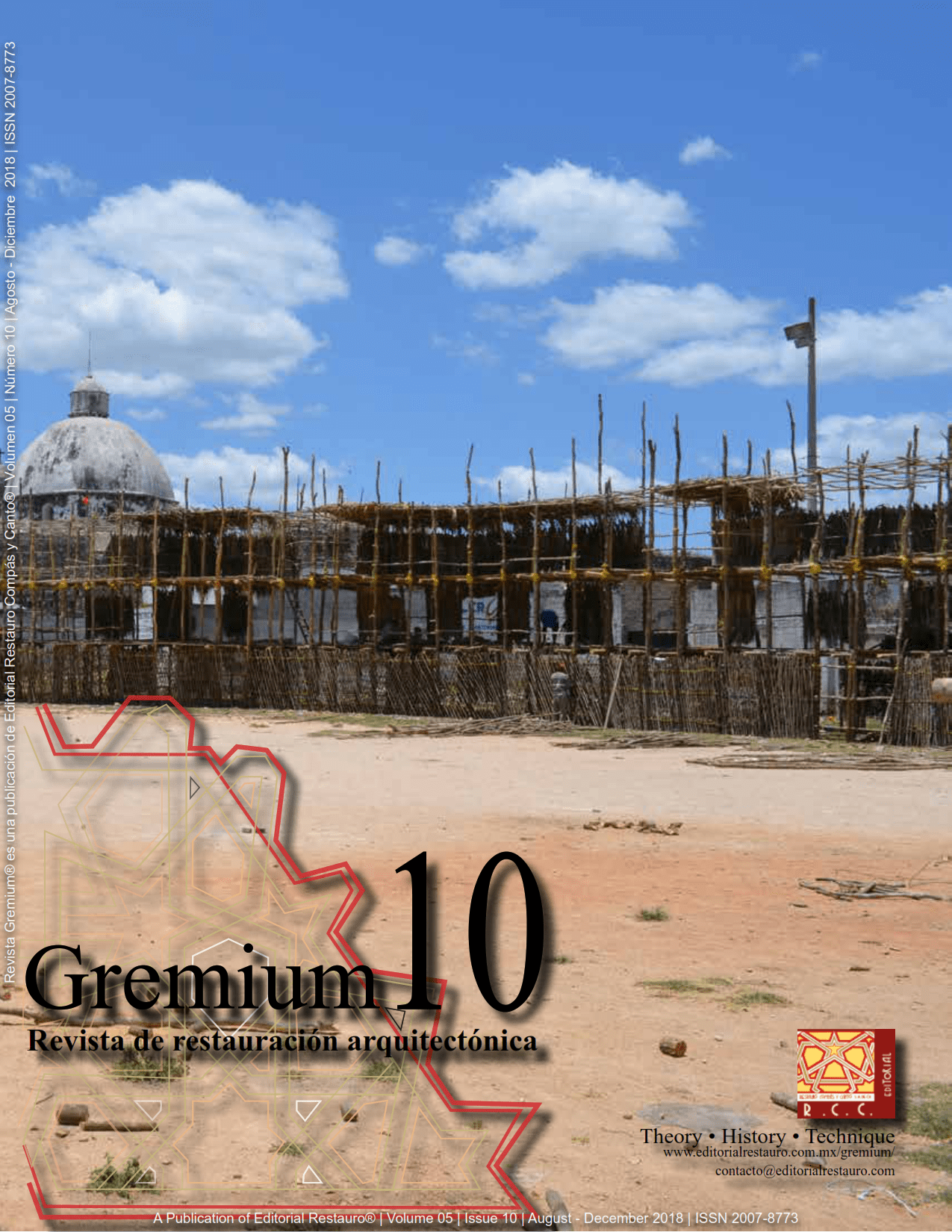Mayan landscape architects and territorial aesthetics in the Yucatan Peninsula
DOI:
https://doi.org/10.56039/rgn10a04Keywords:
mayan milpa, landscape architecture, forest landscapingAbstract
The milpa, as practiced by Mesoamerican cultures for more than five thousand years, is a sustainable system that is productive of food, knowledge, meanings and know-how, and as such, is an important part of Mexico’s “biocultural heritage”. This system, also known as “slash-and-burn”, uses field rotation and fallowing, instead of crop rotation, to efficiently manage natural resources and maintain the productivity of the land. Selected forest areas are cleared, the crops are harvested for two or three seasons, and then left to allow the natural vegetation of the forest to regenerate (Bruun, 2009, p. 375). In the Yucatan Peninsula, this system has been perfected by the Mayans for thousands of years, imparting a material and immaterial aesthetic, particular to Mayan culture, which not only expresses the specific features of the Peninsula, but also the particular ways in which these have been appropriated, as shown by recent research on the knowledge employed in the construction of traditional peninsular Mayan architecture that (re) produces the traditional houses and public arenas in accordance with unwritten building codes (Sánchez Suárez and Vizcarra de los Reyes, 2017; Sánchez Suárez, 2015). However, Mayan architectural heritage is not limited to dwellings and public arenas but is inseparable from Mayan landscape architecture, based on a process of intervention and regeneration, which precedes for millennia the methodologies developed and promoted by Frederick Law Olmsted, pioneer of landscape architecture of the 19th century.
Downloads
Downloads
Published
Issue
Section
License

This work is licensed under a Creative Commons Attribution-NonCommercial-ShareAlike 4.0 International License.























